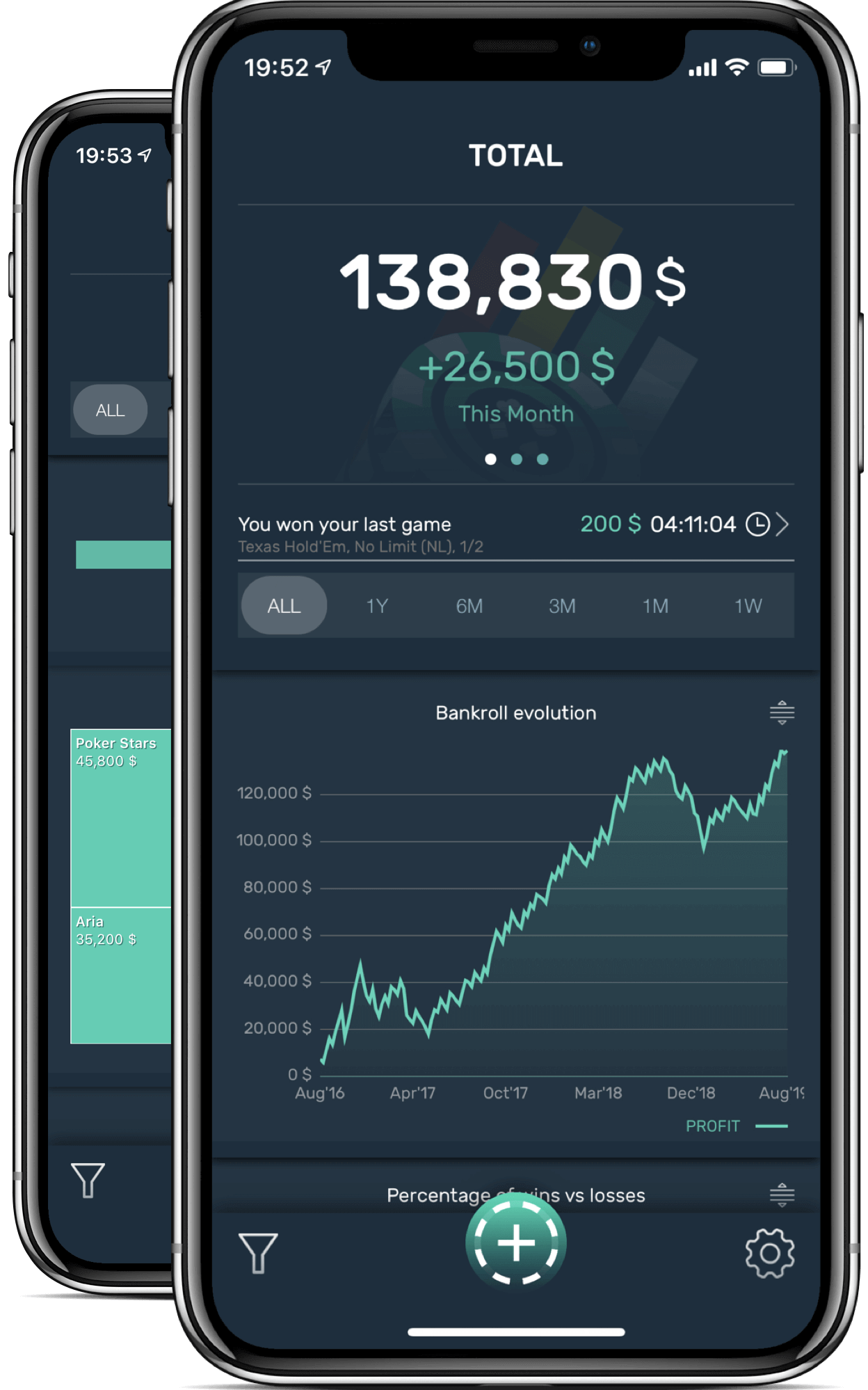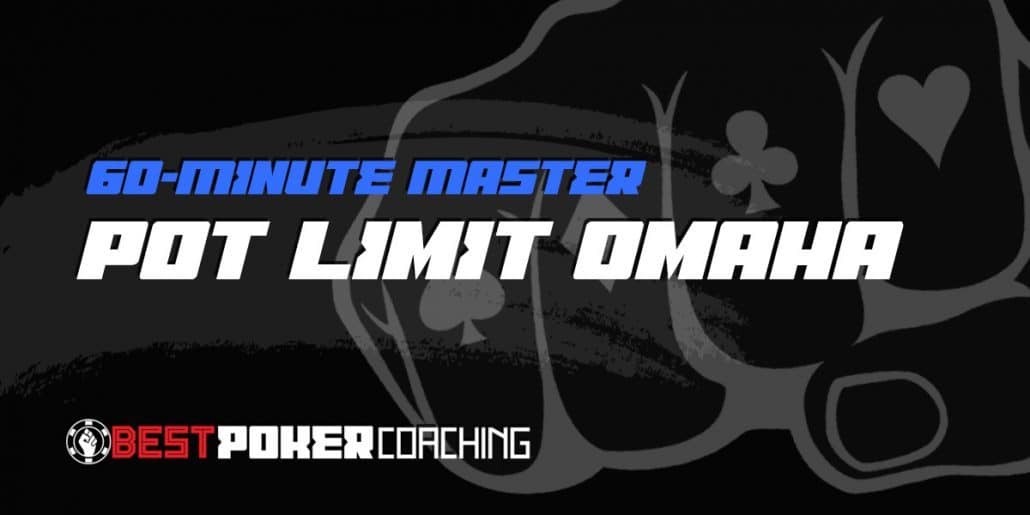Limit Poker Bankroll Calculator
BASIC RULES OF BANKROLL MANAGEMENT
1. Never play for more money than you can afford to lose
For Limit Texas Hold’em most poker professionals consider 300 big bets to be the minimum (but sufficient) bankroll required to weather the short term swings. Similar consensus exists for other forms of poker. Tip #1: Treat your poker bankroll like an investment—because it is. Before you can grow a bankroll, you need a bankroll to start with. Choosing an amount to start your bankroll with is similar to choosing how much to invest in the stock market, or in any other financial venture, except you are investing in your own ability.
This is the most important rule. It is always possible to lose money playing poker, even if you play every hand perfectly. Therefore you should NEVERrisk an amount of money that could get you into financial trouble away from the poker table, especially if you are experiencing a downswing.
The formulas for these calculators were developed by Chris 'Fox' Wallace, an expert on poker bankroll management. They are based on the Kelly Criterion as well as typical variance numbers for all games, and designed to maximize the rate of increase in your bankroll. A sufficient poker bankroll is necessary to act as a cushion against variance. A bankroll is the one aspect of this crazy game of poker that we can control – thats why bankroll management is one of the most important poker skills you must have.
Limit Poker Bankroll Calculator Rules
Similarly you should never put yourself in a position where your entire bankroll is on the table in a single tournament or hand. Only ever sit down with a small fraction of your bankroll at any one time.
Limit Poker Bankroll Calculator Cheat


2. Be aware of your goals
Broadly speaking, poker players fall into three groups, each with different expectations and goals in the game. It is very important that you decide what you want from poker and that you select the right level to achieve your aims.
- Recreational players are playing mainly for fun and have other sources of income besides poker. If they lose their bankroll they can fund it with fresh money from their regular source of income.
- Serious players are good and profitable players but do not depend only on poker for their income. It is not the end of the world if they lose their poker bankroll, but it will hurt.
- Professional players depend on poker as their only source of income. They cannot afford to lose all their bankroll as this means they would lose their job. Therefore they must employ the strictest bankroll management techniques.


3. Do not play higher than your bankroll permits
The following information is intended to offer a good rule of thumb for bankroll requirements if you are playing sit and go tournaments and multi-table tournaments, or fixed limit Texas Hold’em . (The chart at the bottom of this page offers a general guide to bankroll requirements to play no limit Texas Hold’em cash games.)
If you are a recreational player don’t risk more than 10 per cent of your bankroll at once. If you have a bankroll of $100, you should not be entering a tournament with a buy in of more than $10 or sitting at a cash table with more than that amount. For serious and professional players the bankroll restrictions are even tougher.
Sit and go tournaments (STTs): If you are a serious player, you should aim to have at least 30 times the tournament buy in in your bankroll before entering any STT. A professional player will need 100 buy-ins.
For example, a serious player could play $20 STTs with a bankroll of $600 but a professional would need $2,000 in his bankroll in order to play $20 STTs.
Multi-table tournaments (MTTs): Tournaments offer huge prizes but also huge swings. You should have at least 50 buy-ins in your bankroll in order to play them as a serious player. A professional will need 200 buy-ins. It is probably best not to play tournaments exclusively. It is safer also to play SNGs or cash games.
Fixed limit Hold’em: You should probably have about 300 big bets in your account to sit down at a fixed limit Hold’em table. For example: in order to play $3-$6 fixed limit Hold’em, you need a bankroll of at least $1,800 (300x$6) to play safely.